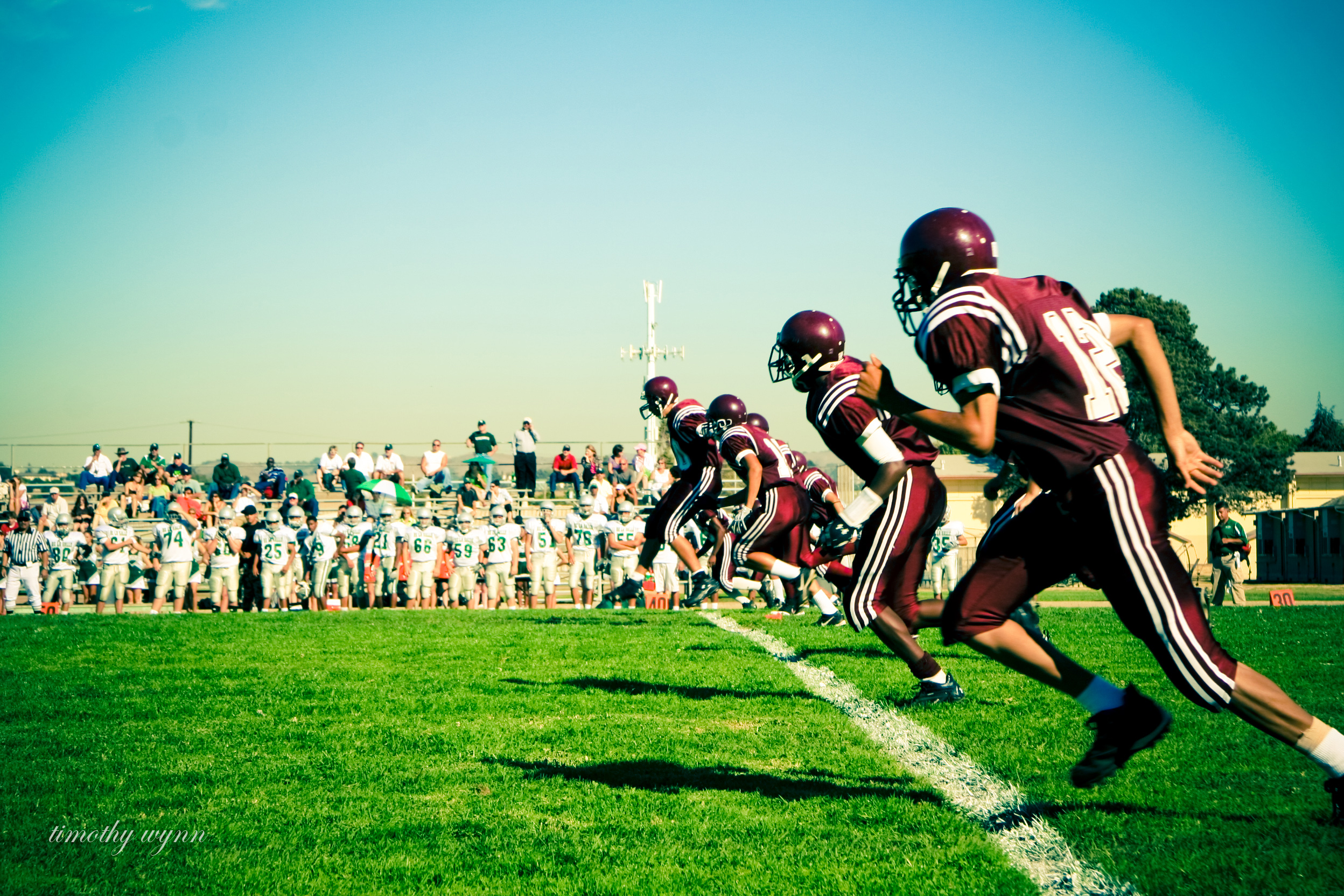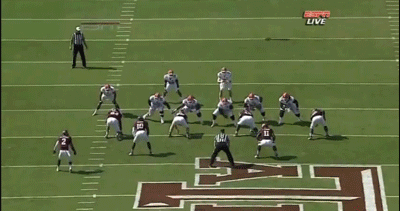 |
| Ted Williams was the last Major League hitter to bat .400 or better. | Image Source: livestrong.com |
You often hear how hitting a baseball is the most difficult feat in sports. It is hard to argue, considering a standout hitter is successful only three times in every 10 at-bats. The odds are always in the pitcher's favor, but developing the perfect swing is possible, and it gives the hitter a competitive edge.
Balancing Act
The process of hitting the baseball begins with the lower half of the body. Thus, to perfect the swing, the hitter's weight starts on the back leg and shifts to the front, creating a smooth hip rotation and power. If the momentum doesn't move evenly from back to front and the hips stay closed, the swing is going to be slow and uneven.
Head Game
"You can't hit what you can't see" is a sentiment you will hear from hitting coaches at all levels of baseball. Quite simply, it means you have to keep your head and eyes on the baseball. If you are not watching the baseball, the swing is not going to matter. With your chin tucked into the shoulder facing the pitcher, keep both eyes on the baseball at all times. Visually recognize the pitch type, velocity and location before committing to the swing.
Helping Hands
Once the lower body is in place, and the head and eyes are focused in, the swing is just about ready. Proper hand placement is the next step. They should be held close to the body near the chest, and the hands come back as the pitch is delivered. That is what you call loading the swing. As the pitch arrives, the hands drive the bat through the zone for contact. It is important to keep the hands together and the wrists straight because this helps keep the swing level.
Making Contact
You can't have the perfect swing unless the bat is striking the baseball with optimum force. If you drop the hands and shoulders, you get an uppercut swing and pop the ball up. If you make contact on top of the baseball, the typical result is a weak ground ball. Centering the pitch with a smooth, level swing and hitting the ball on the barrel of the bat produces the best results.
Will McHale is a big baseball fan. Learn more about the sport by following this Facebook page.








